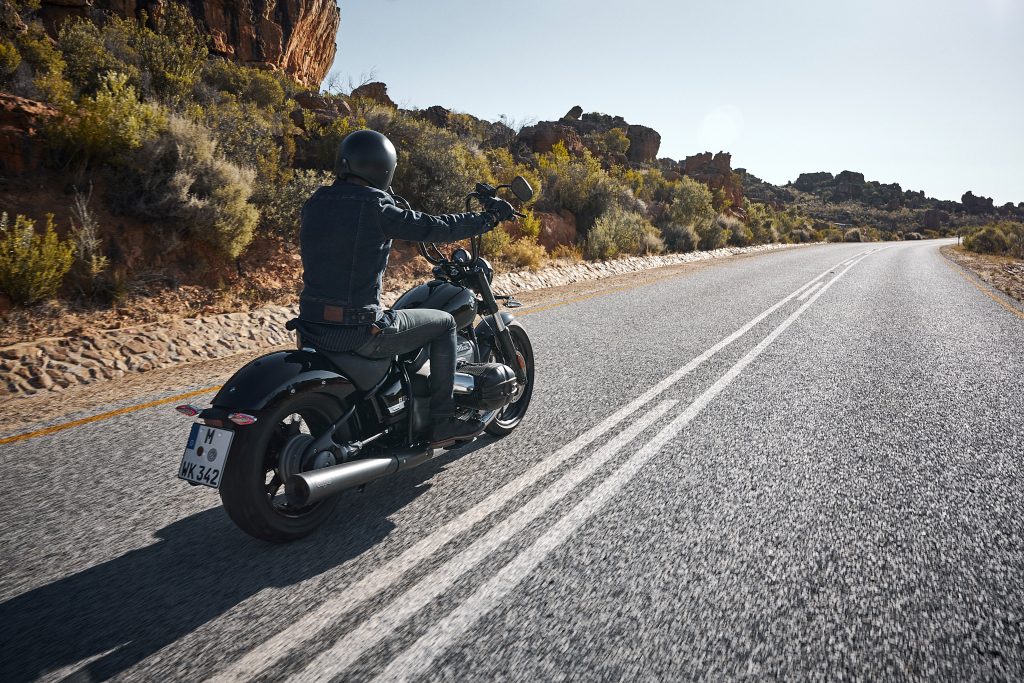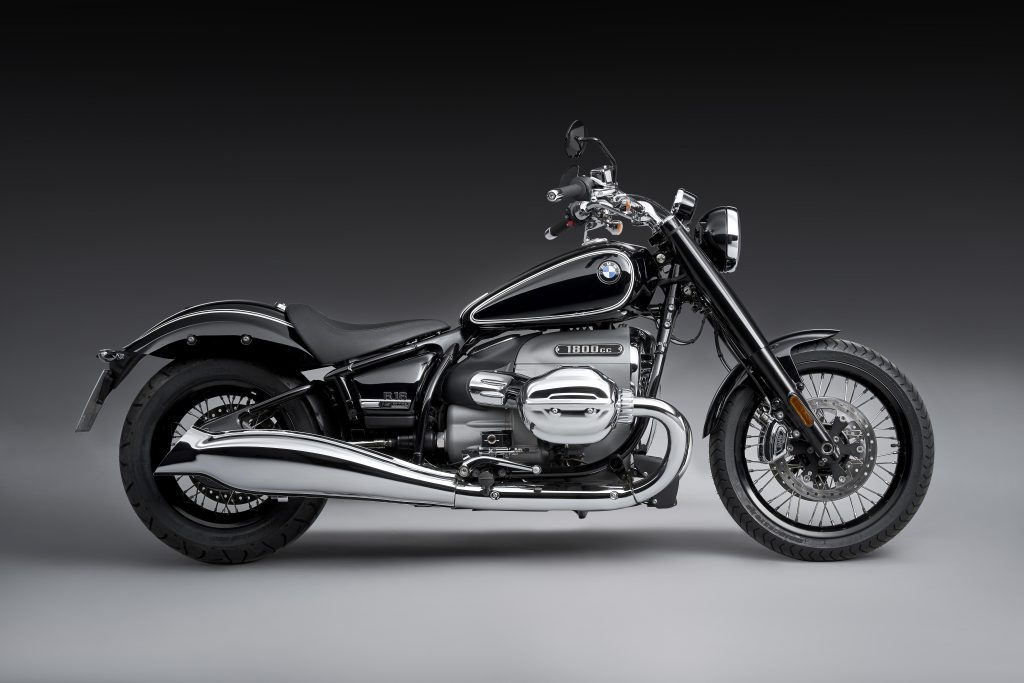Interview: BMW Motorrad’s Edgar Heinrich on the Just-Unveiled R 18
Tracing the cruiser’s path from concept to production with the head of design

After dazzling the motorcycling world with the Concept R 18 and Concept R 18 /2 (aka “slash-two”) last year, BMW Motorrad makes their long-awaited entry into the American cruiser bike market with the forthcoming official R 18. We’ve observed what’s possible in terms of adapting the huge 1800cc air- and oil-cooled boxer twin-engine for custom builds (thanks to Motorrad handing prototype versions to Custom Works Zon in Japan and Revival Cycles in Austin) but today we see what Motorrad decided to do for their production-ready bike. Ahead of the unveil, we spoke with Edgar Heinrich—Motorrad’s head of design—to understand just how the R 18 came to exist.

Since the concept R 18 was unveiled at Villa d’Este last May, what has the journey been like to get the bike ready for production?
This has been a long and intense journey. We started more than four years ago with a blank sheet of paper. Looking at what we had learned from the success of the R nineT family, we believed there would be room for more—for a bigger bike in the Heritage segment. We have this tremendously rich and renowned history and we were eager to bring it back to life, but in a contemporary and emotional form. This was not always easy and many obstacles had to be overcome. But today I am proud to say we have accomplished a lot and this bike turned out great!

You tapped into BMW’s motorcycle design history for the concept bike, what are some of the elements that made it through to production?
I have talked about the icons before: the triangular frame, the open shaft drive, the BMW R 5-ish teardrop-shaped fuel tank with the iconic color scheme of black finish with white double pinstripes and, of course, the boxer engine. These iconic features are quite obvious—literally indispensable. But there are many more details, when we take a closer look: spot the filler cap, the speedo with the typical dial colors, the endings of the frame tubes, or the top-mounted housings for the push rods. Yet, the basic philosophy lies in the general architecture: transversal flat twin-engine, clutch, gearbox and shaft drive aligned with bevel-gear final drive, resting in the double-loop frame—just as it used to be valid in the old days! I would say this classic concept is still so modern, fresh and valid as it was on the very first day back in 1923. Heritage at its best.

When it comes to motorcycles you’re forced to make efficient design choices for safety and cost. What are a few you are most proud of getting put in place?
This is an everyday challenge. However, the project team understood that for the perfect bike in this particular segment, you just have to get it right! There would be no space for non-segment adequate solutions and we had to deliver, and our management shares the same mindset. Customers of cruiser bikes want to have the perfect bike—a bike they can be truly passionate about, and then the price tag is less important. Putting high-quality materials and smart solutions first was the right mindset for the development of the bike. The engine sculpture with no visible cables, wires or sensors or the frame details (castings, tube endings) are examples of how this mindset influenced our design. Beautiful and pristine components became reality. We could have used our standard components because these parts would have done the job perfectly, but in this case standard was not good enough.

This is a significant entry into the American cruiser market where BMW has struggled in the past. What are some of the design points you looked to in order to perform better?
We were very clear from the beginning: if we want to play a significant role in this market, we had to deliver “big.” There was no room for compromises. And if we do it, then we would have to do it our way. We needed to do our homework. We closely observed the segment rules (for example, three digit cubic-inch displacement—which required a completely new engine), the look and feel had to be a haptic experience (like purity of surfaces and high-quality materials), but most of all we poured a lot of passion and soul into this motorcycle. We put the very best into one team, everyone was an expert in the cruiser segment. The development team paid attention to every little detail, every part had to align with the segment rules and requirements.

Can you point out some design details that are specific to the R 18 that most riders might otherwise overlook?
We are very proud about the overall clean and pure design. The engine itself is a sculpture in metal, it is the heart of the bike. To design a modern, contemporary and naked cruiser without fairing is extremely difficult. Imagine all the necessary cables, wires, black boxes and sensors. All these clutter is not visible and nothing is disturbing the clean look of the bike with the long and low stance. Besides that, I love the semantics of the engine: there is hardly an engine concept where the workflow of a combustion engine is visible; you can really feel the heartbeat of that boxer. And along the open-shaft drive, you can see how power is delivered to the rear wheel. Semantics at its best. Mechanics rules.

The heart of the R 18 is the BMW’s largest displacement boxer engine to date. Take us through what designing a production bike around that engine entailed—how did the engine dictate design choices?
It was clear right from the start that it would be a boxer engine—so was the size/displacement—and it had to be three-digit cubic-inches. And we knew the process had to be different. Usually, engineers design an engine from inside out (which is the normal process when performance and state-of-the-art technology are at focus) but for the R 18 engine, the process was quite different. It was an intense development process, it took tough decisions, but eventually the team of engineers, designers and stylists achieved this clean and purist look. As a credo we used to say: “it is easy to make things complicated, but it’s very difficult to make them simple.” Certainly achieving what we have with the R 18 engine was difficult, but worth it.
Images courtesy of BMW












